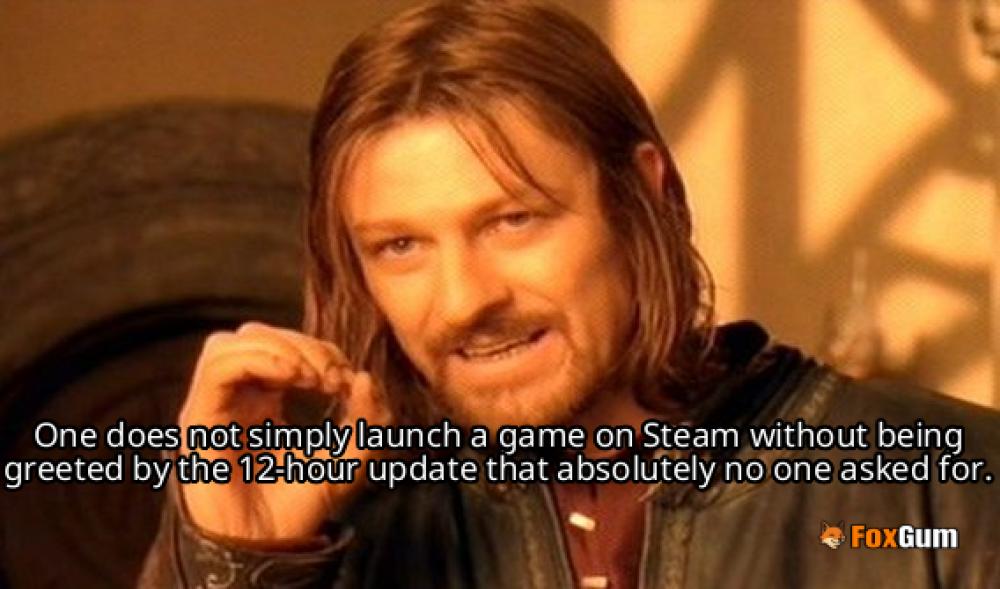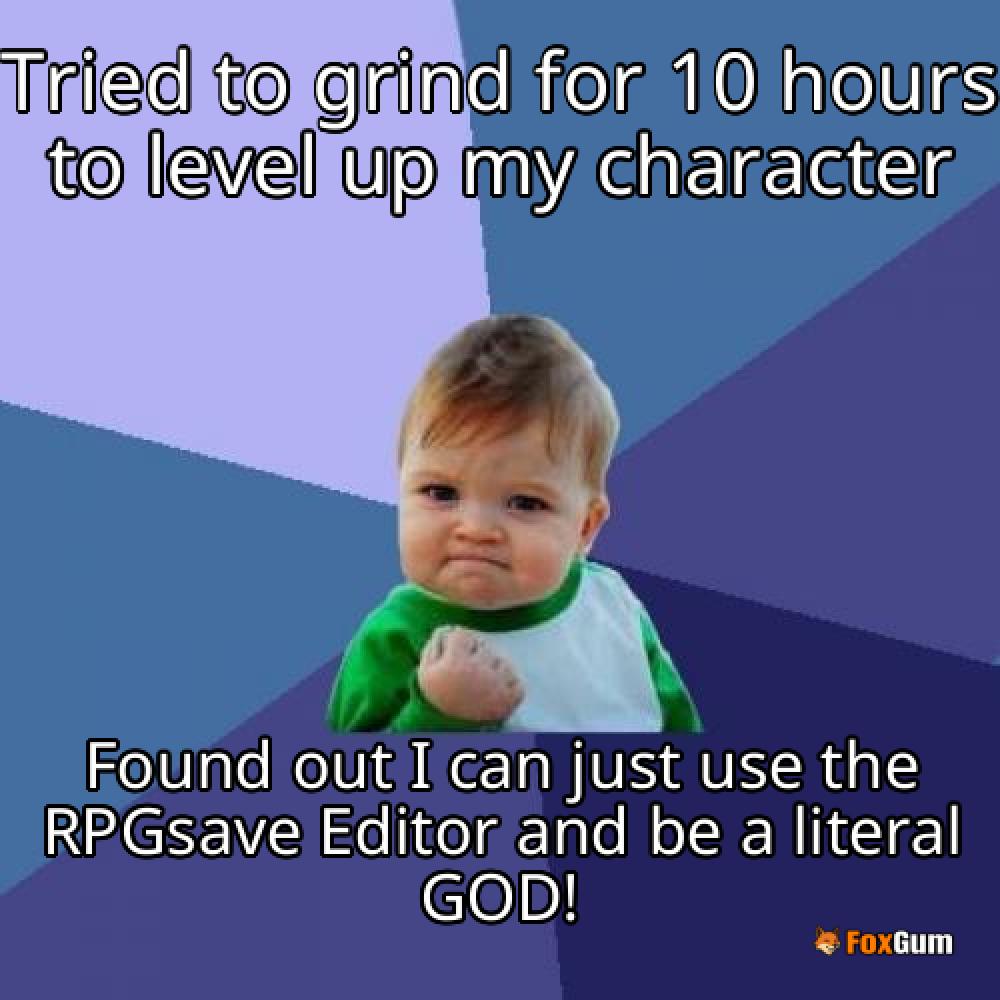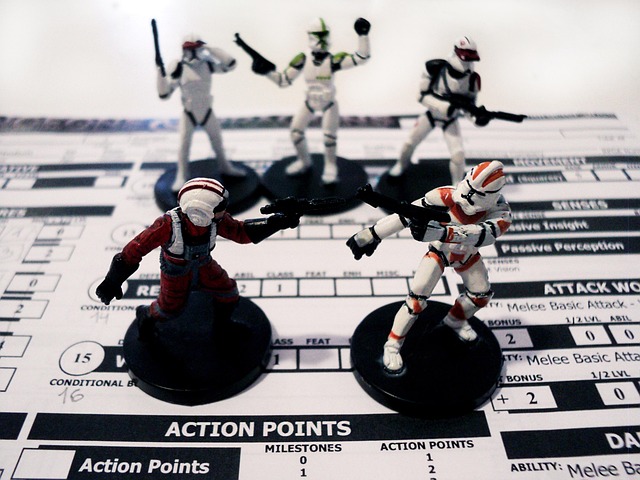
Datasheets in Warhammer 40k
Welcome to the grim darkness of the far future, where the only thing more complex than the lore of Warhammer 40k is figuring out how to read a datasheet! If you’ve ever found yourself staring at a sheet of paper with more numbers than a math exam, fear not! This guide will help you navigate the intricate world of 40k datasheets.
What Are Datasheets?
In the Warhammer 40k universe, datasheets are your best friends and worst enemies. They are the essential reference documents that provide all the juicy details about your miniatures—think of them as the instruction manuals for your tiny soldiers. Each datasheet contains information on stats, abilities, and weapons, and they’re crucial for planning your tactics on the battlefield.
Breaking Down the Basics
Let’s dive into the components of a typical datasheet. Here’s what you’ll usually find:
- Name: The glorious title of your unit. This is where you get to show off your favorite lore—"Captain Skullcrusher" sounds way cooler than just "Space Marine."
- Stats: These are the numbers that determine how your unit performs. You’ll see things like Movement, Weapon Skill, Ballistic Skill, Strength, Toughness, Wounds, Attacks, Leadership, and Save. If you find this overwhelming, just remember: higher numbers usually mean better performance. Unless you’re rolling dice, in which case, good luck! 🎲
- Abilities: This section lists special rules that your unit has. It might include things like "Deep Strike," which lets your unit arrive from the sky like a dramatic superhero, or "Feel No Pain," which is just a fancy way of saying your unit is really good at ignoring injuries.
- Weapons: Here, you’ll find all the weapons your unit can wield. Each weapon has its own stats and abilities, so make sure to choose wisely. After all, you wouldn’t want to send a knife to a gunfight, would you?
Why Are Datasheets Important?
Understanding datasheets is crucial for any aspiring general. They not only dictate how your units function but also help you strategize your gameplay. Want to create a fearsome army? Knowing which units synergize well together based on their datasheets is key. Plus, there’s nothing quite like the satisfaction of outsmarting your opponent with a well-planned move that you meticulously calculated from your datasheet.
Where to Find Them
Datasheets can be found in various places, including the Warhammer 40k rulebooks, codexes, and even on the Games Workshop website. If you’re feeling fancy, you can also find them in the form of beautifully designed cards. Just be prepared to spend a small fortune on those shiny, collectible versions. After all, who can resist a good set of cards? 😍
Tips for Using Datasheets
Here are a few tips to make the most out of your datasheets:
- Always double-check your unit’s abilities before a game. You don’t want to be that person who forgets they can teleport behind enemy lines.
- Familiarize yourself with the stats of your opponent’s units. Knowledge is power, my friend!
- Experiment with different combinations of units and their datasheets. You never know what deadly synergy you might create!
- And finally, have fun! Remember, at the end of the day, it’s all about enjoying the game and the stories you create along the way.
Conclusion
In the vast universe of Warhammer 40k, datasheets are your trusty guide to victory. They may seem daunting at first, but with a little practice, you’ll be reading them like a pro. So grab your miniatures, roll those dice, and may your battles be ever in your favor!

















 The World of Edge of Eternities!
The World of Edge of Eternities! 
 Health
Health  Fitness
Fitness  Lifestyle
Lifestyle  Tech
Tech  Travel
Travel  Food
Food  Education
Education  Parenting
Parenting  Career & Work
Career & Work  Hobbies
Hobbies  Wellness
Wellness  Beauty
Beauty  Cars
Cars  Art
Art  Science
Science  Culture
Culture  Books
Books  Music
Music  Movies
Movies  Gaming
Gaming  Sports
Sports  Nature
Nature  Home & Garden
Home & Garden  Business & Finance
Business & Finance  Relationships
Relationships  Pets
Pets  Shopping
Shopping  Mindset & Inspiration
Mindset & Inspiration  Environment
Environment  Gadgets
Gadgets  Politics
Politics 